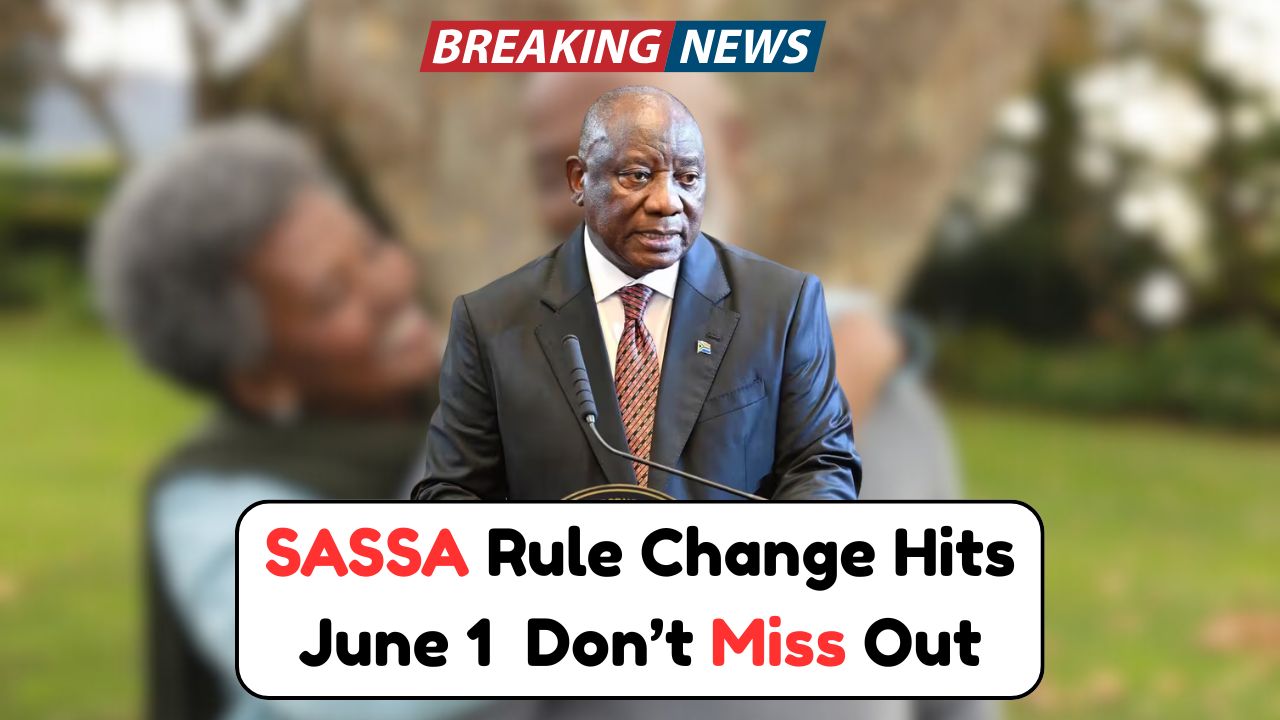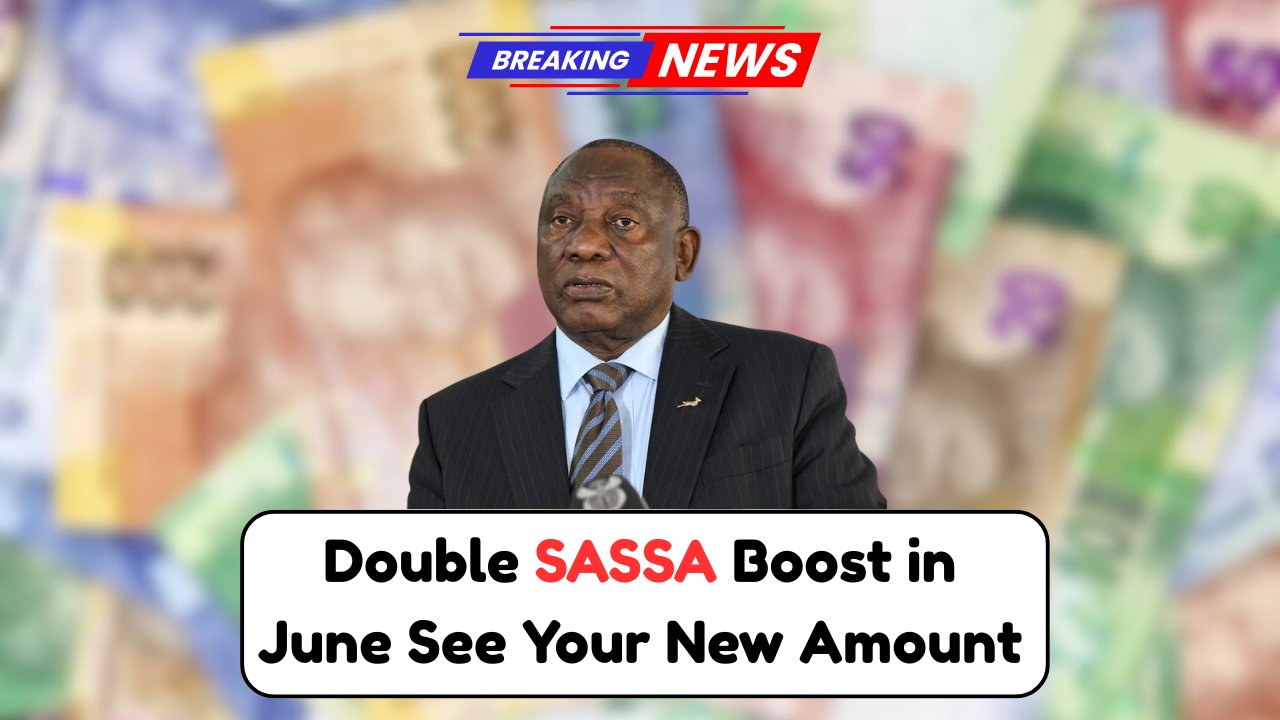June 2025 Fuel Price Drop Could Save You Hundreds – Full Breakdown Inside
Fuel Price Drop – South African drivers finally have a reason to smile this winter as fuel prices are set to decrease sharply in June 2025. After months of consistent hikes that strained household budgets and transport costs, the Department of Mineral Resources and Energy (DMRE) has announced a welcome fuel price cut. This drop … Read more










